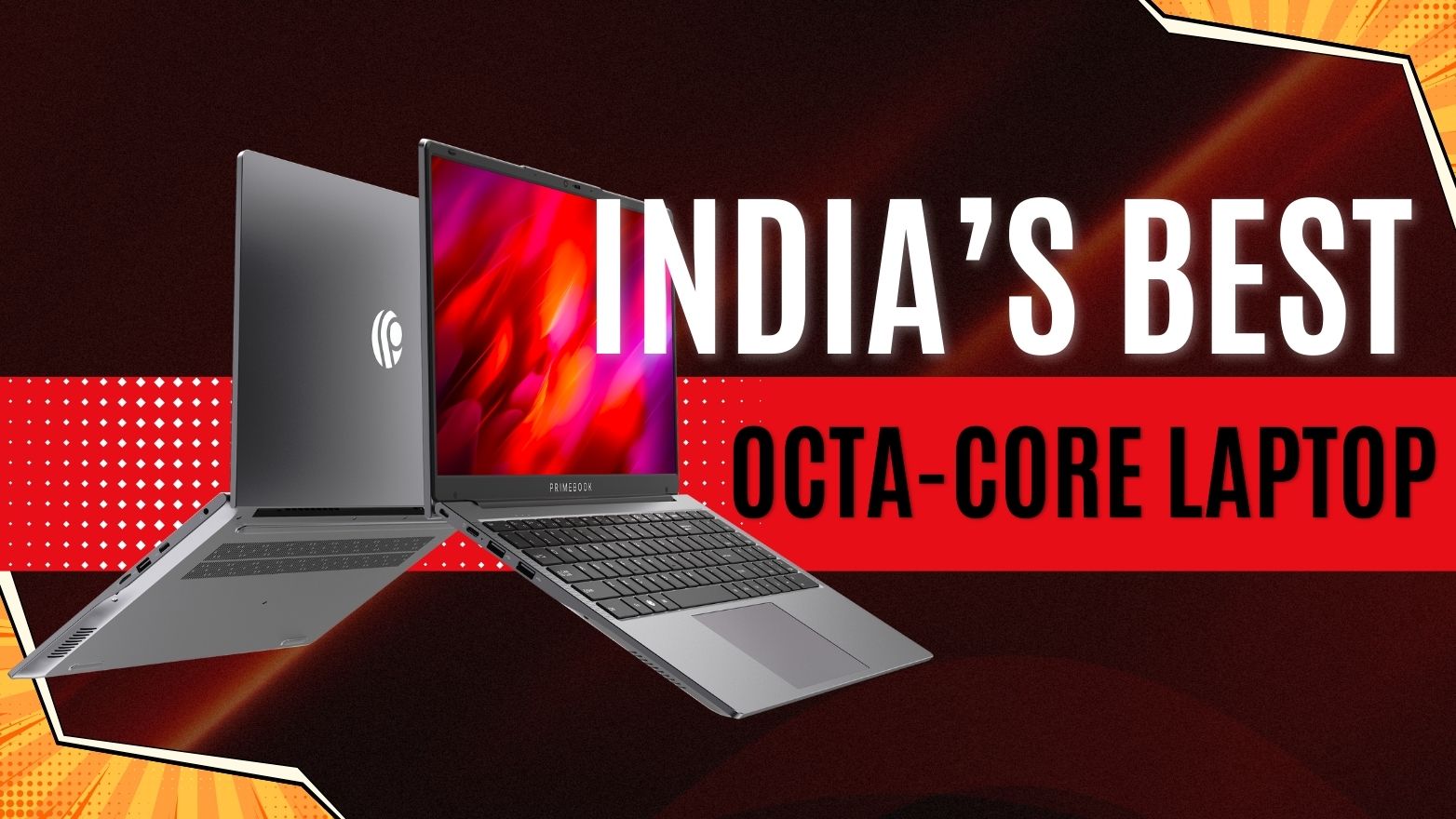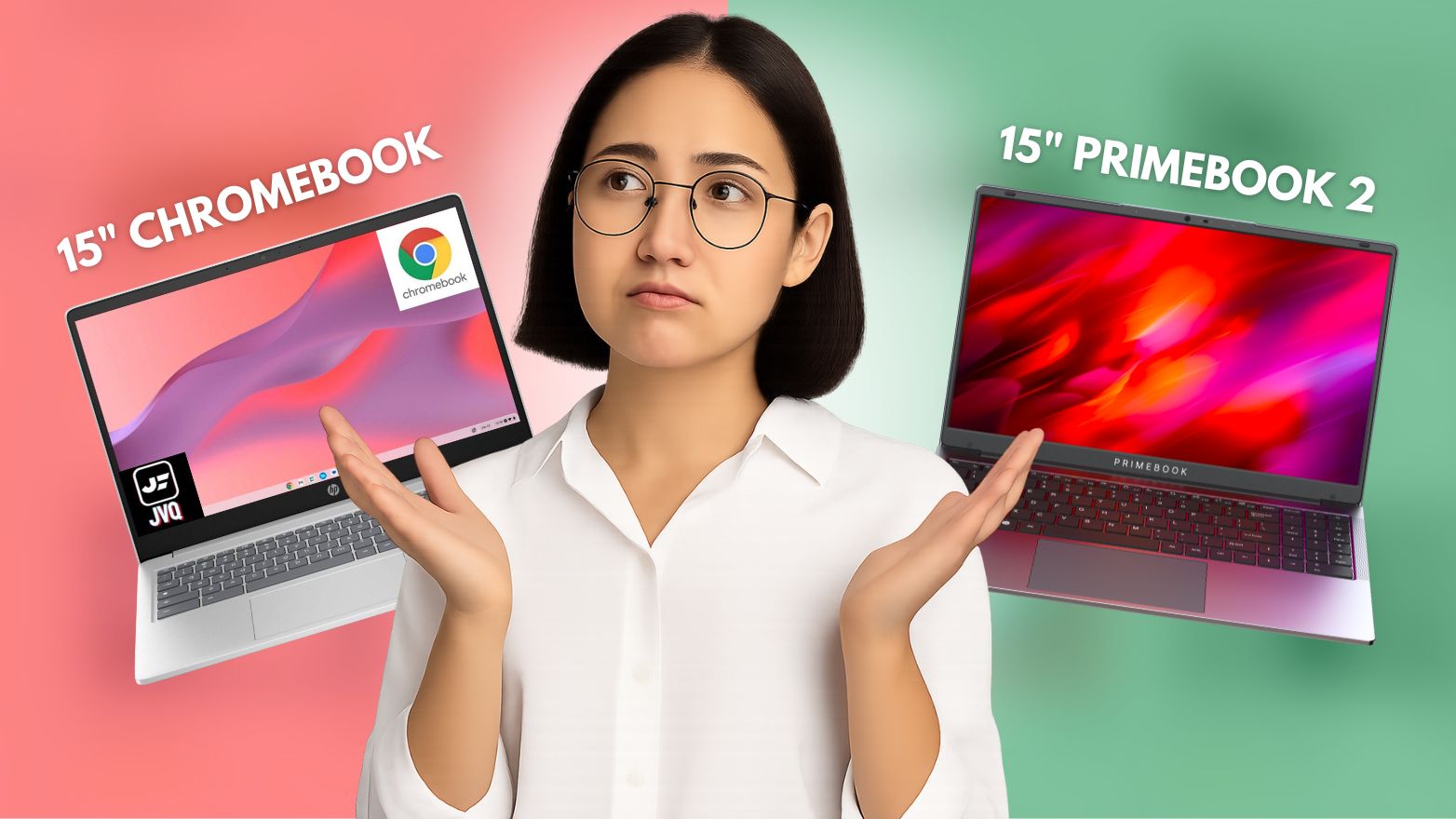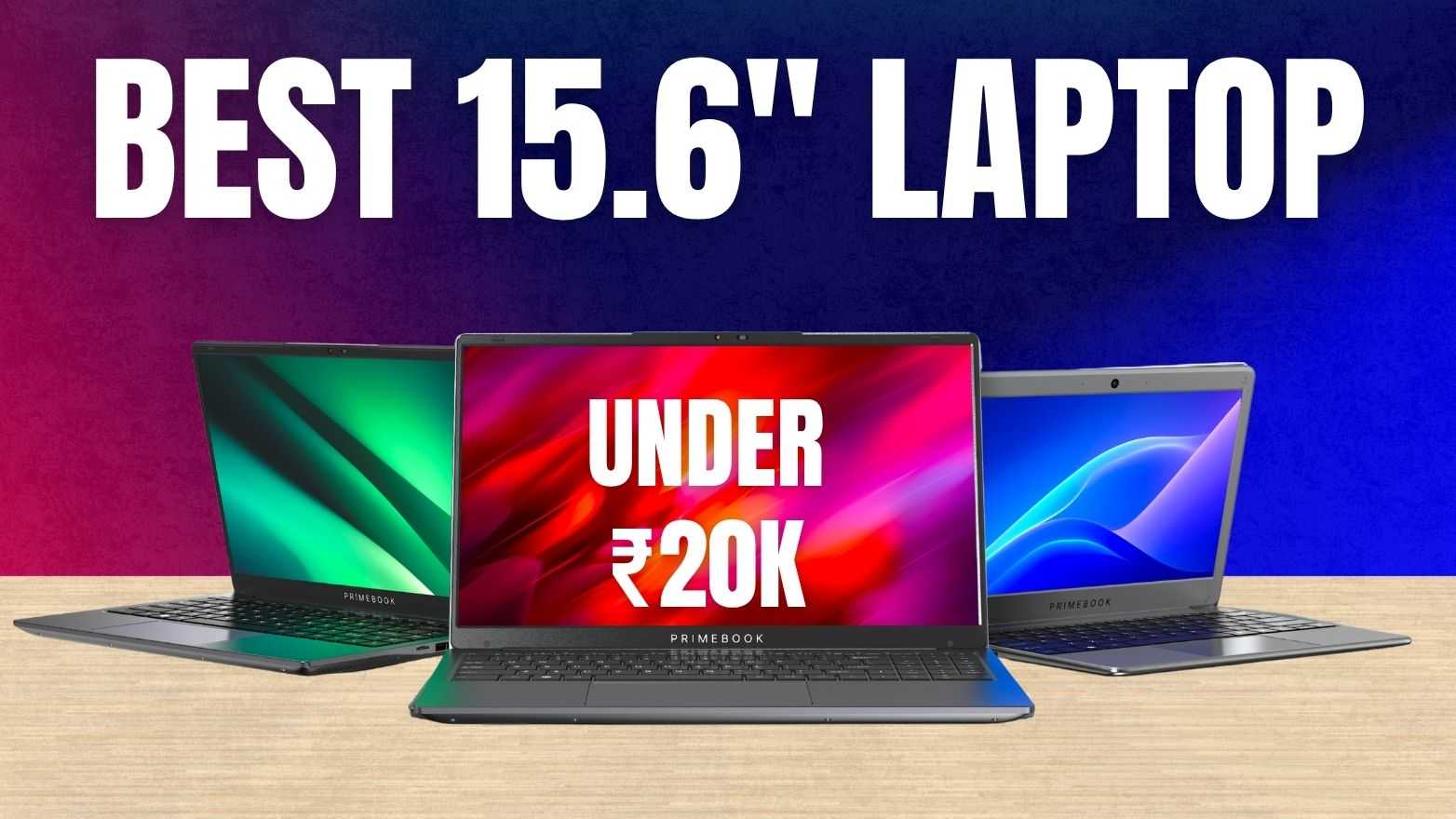Blogs / All About Primebook / Tablet & Keyboard Vs. Primebook 2 Neo: Which is Better?
Blogs / All About Primebook / Tablet & Keyboard Vs. Primebook 2 Neo: Which is Better?

Primebook Team
03 Sep 2025
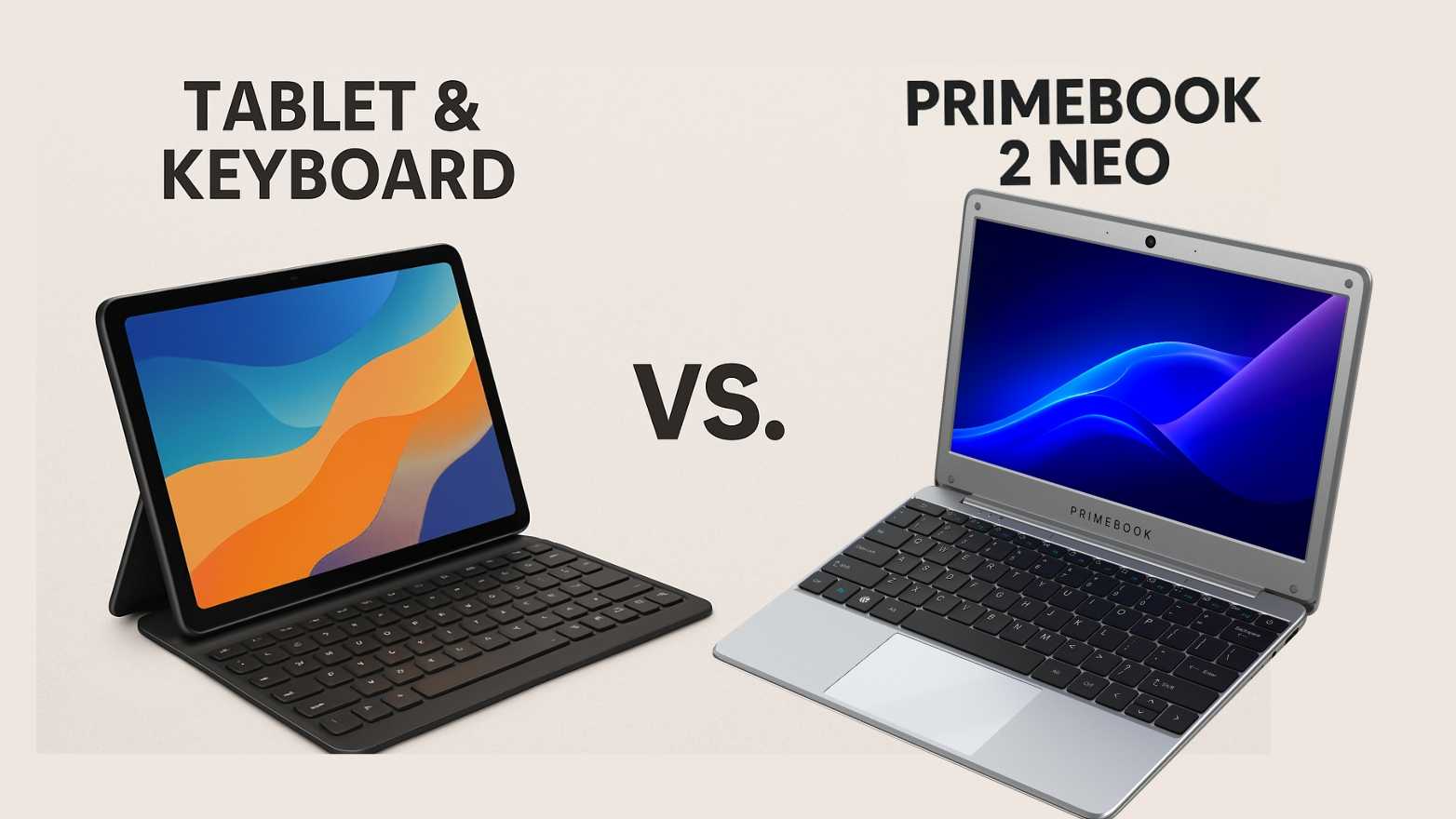
Tablet & Keyboard Vs. Primebook 2 Neo: Which is Better?
At a glance, combining a tablet with an external keyboard seems like a smart workaround. You get portability, access to apps, and some typing ability, all at a price that doesn’t pinch. That’s exactly why so many students, freelancers, early professionals, and casual users consider it a starting point.
But what happens when casual usage turns into daily work? When you need more than just screen space, such as smooth multitasking, a responsive keyboard, or seamless integration between hardware and software?
That’s where alternatives like the Primebook 2 Neo come in, reimagining what an Android-powered device can offer in a laptop form.
This blog doesn’t just compare two products. It compares two approaches to computing across the things that actually matter when you use the device every day.
For Smooth Multitasking & App Switching
Multitasking isn't just about RAM. It also depends on how well the OS handles background apps, app switching, and window management, areas where tablets and laptops approach the same task differently.
|
Aspects |
Tablet & Keyboard |
Primebook 2 Neo |
|
Multi-window Support |
Max 2 apps on split screen, that too only if apps support it |
Native multi-window support with resizable windows |
|
Task Switching |
Limited taskbar or gesture-based app switching |
Full-width, persistent desktop-class taskbar |
|
App Persistence |
Apps may reload due to limited background memory and aggressive battery optimisation in typical tablets |
6 GB RAM & Android 15-based PrimeOS 3.0 keep apps active and running |
|
Workflow Design |
Touch-first, limited or no keyboard shortcuts support; OS not well integrated with keyboard & touchpad, given its external |
PrimeOS is built for laptop use, with built-in support for keyboard shortcuts, gesture-based navigation, and smooth touchpad control, all designed to feel familiar, responsive, and desktop-class |
For Seamless Web Browsing
Web browsing is one of the most frequent use cases, whether it’s for research, streaming, or accessing web apps. How a device renders websites, handles tabs, and avoids interruptions defines how smooth that experience feels.
|
Aspects |
Tablet & Keyboard |
Primebook 2 Neo |
|
Website Display |
Loads mobile versions by default; web apps may redirect to their native apps |
Desktop-mode browsing with websites opening as full pages by default |
|
Tab Management |
Limited multitab performance; tabs may reload frequently or crash with heavy use |
Supports multiple tabs with better memory handling for smooth transitions |
|
Browsing Control |
Limited shortcut support |
Supports familiar browser shortcuts (e.g., Ctrl + T for new tab, Ctrl + Tab for switching) |
|
Script & Page Load Handling |
Performance may vary depending on processor, RAM, and browser optimization; some tablets may struggle with heavier sites |
Handles media-rich and interactive sites more smoothly with better CPU performance, and the browser is tuned for desktop-style rendering |
Also Read: Best Laptop for Productivity in India
For Writing, Editing & Document Handling
When working on assignments, reports, or notes, what matters is how distraction-free and responsive the writing setup is, especially for longer sessions.
|
Aspects |
Tablet & Keyboard |
Primebook 2 Neo |
|
Typing Setup |
Needs a separate keyboard, which may not stay stable on uneven surfaces |
Built-in keyboard and touchpad offer stable typing anywhere, with no setup hassle |
|
Screen Layout |
The on-screen keyboard covers half the screen when no external keyboard is used |
Full-screen available for typing without interruptions |
|
Cursor & Control |
An external mouse provides basic control, but gestures like scroll, zoom, or right-click may not work smoothly across apps. |
Smooth cursor control with multi-touch gesture support and built-in scroll, zoom (Ctrl + scroll), and right-click functionality. |
|
Document Compatibility |
Many Android tablets use mobile-optimised versions of document apps or browsers, which may not fully support advanced formatting or desktop-like document tools, especially in web-based editors like Google Docs or MS Word Online. |
Supports both web-based and app-based editors with full-page layouts and desktop-class behavior, including advanced formatting in Docs, Sheets, and Office tools |
Also Read: Primebook Vs. JioBook
For Connecting Devices & Accessories
How many peripherals can you plug in and how easily shape your everyday usability, a user often wonders. From USB drives to headphones, support for accessories makes a big difference in how productive or flexible a device can be.
|
Aspects |
Tablet & Keyboard |
Primebook 2 Neo |
|
Port Availability |
Typically, 1 USB Type-C and audio jack; limits usage to one peripheral at a time (charging or accessory) |
2 USB-A ports, 1 USB-C port, 1 Type C charging, 3.5mm audio jack, and microSD slot; supports charging and multiple peripherals at once without a hub. |
|
USB Accessory Support |
Requires an OTG cable or hub to connect accessories. Cannot charge and use USB peripherals at the same time. Compatibility may vary. |
Supports simultaneous use of mouse, keyboard, pen drive, and charging. Plug-and-play support for most USB devices, without additional accessories. |
|
Storage Expansion |
Many new tablets don't offer an SD card slot. Among the few that do, expandability varies from 128GB (if it's an older generation of tablet) to 1TB. |
Comes with a dedicated MicroSD card slot supporting up to 1 TB, allowing smooth integration with internal storage and consistent app/media access. |
For Data Privacy & Software Updates
In an age of always-connected devices, how your laptop handles personal data and software updates isn’t just technical. It’s trust. From bloatware to privacy lapses, the software layer plays a big role in long-term reliability and security.
|
Aspects |
Tablet & Keyboard |
Primebook 2 Neo |
|
Data Handling |
Many budget tablets rely on third-party Android skins, with telemetry data often shared with overseas servers (e.g., for analytics or ads). |
PrimeOS is developed in India, with data processed and stored locally, giving users more visibility and control over privacy. |
|
System Ads & Bloatware |
Pre-installed apps, promotional notifications, and in-app ads are common in budget tablet UIs. |
Comes with a clean, ad-free interface and no bloatware, ensuring a distraction-free experience. |
|
Update Frequency |
Tablets often receive infrequent updates, with delays in security patches and few new features added over time. |
Regular OTA updates ensure the latest features, system optimisations, and timely security patches directly from the PrimeOS team. |
Also Read: Windows Laptop Under 20,000 Vs. Primebook 2 Neo
In a nutshell, choosing between a tablet with an external keyboard and the Primebook 2 Neo isn’t about which is objectively better. It’s about what works for your specific use case. If you prioritise quick portability and occasional typing, a tablet might suit your needs. But if your daily workflow involves structured multitasking, full-fledged input support, and a desktop-like environment built into Android, Primebook 2 Neo delivers a more comprehensive experience. The right choice may not be permanent. It can evolve as your usage does.
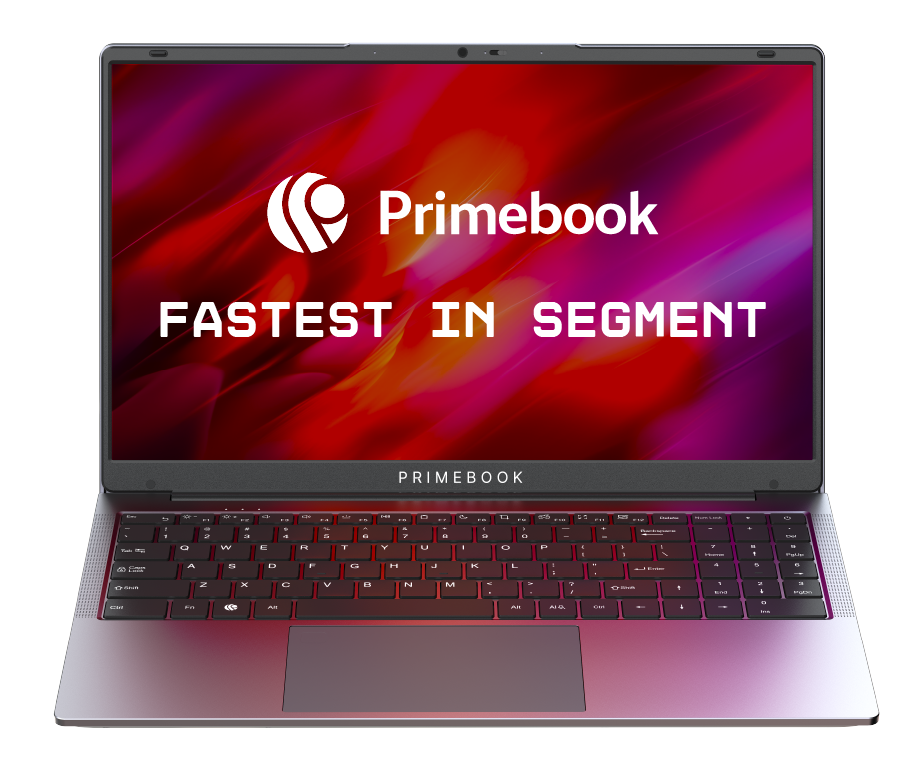
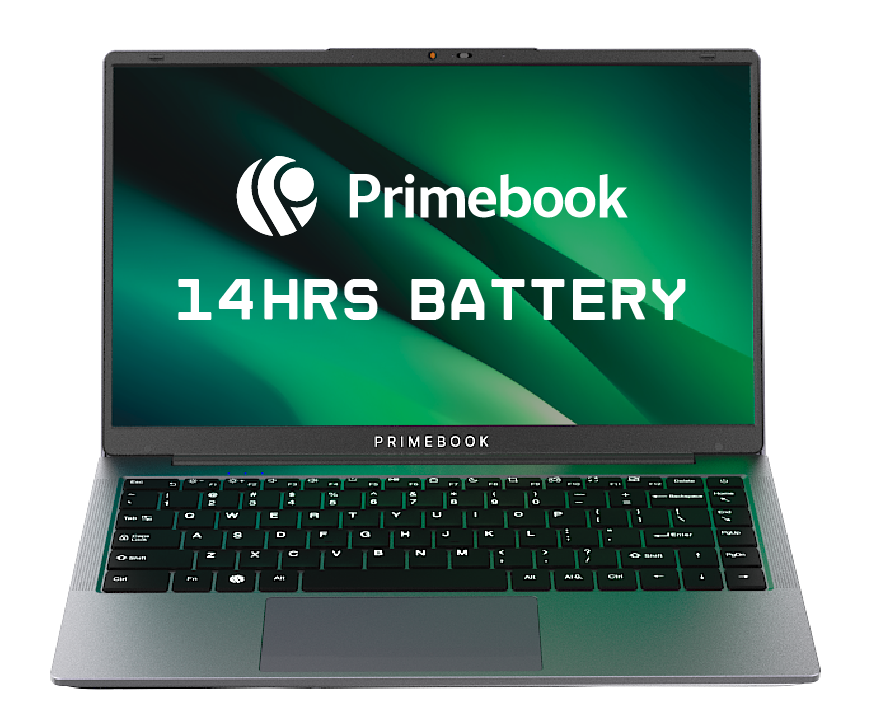
 Related Blog
Related Blog
